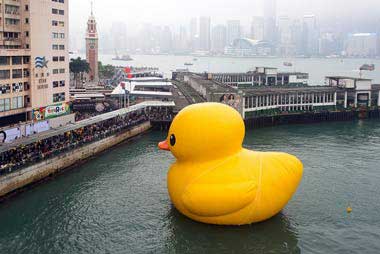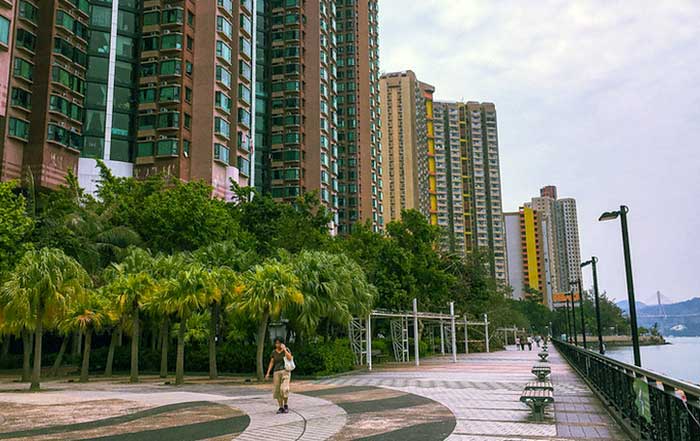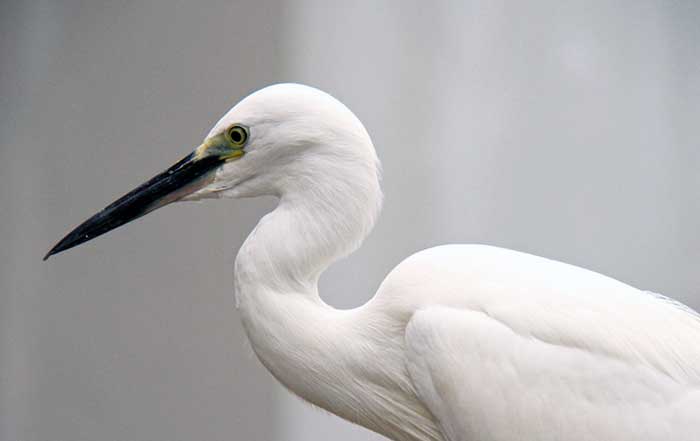The art scene in Hong Kong is thriving and the Hong Kong Art Walk event at the beginning of each year is one proof of it. This year, the Art Walk was held in April. 2014's Art Walk will be in the month of March with tickets priced at HK$450 per pax.
This annual event has attracted millions of art enthusiasts and comprises of 70 galleries exhibiting artworks for charity. Visitors can walk any of the routes prepared by Art Walk and (re)visit galleries. If you are unable to be there during the Art Walk though, rest assured, the city still has much to offer throughout the months.
M+, the much awaited museum for visual culture as part of West Kowloon cultural district(WKCD) will be filled with eye-opening art, design, architecture and moving images. Focusing on 20th and 21st century art, this venue will showcase contemporary art and will be officially opened from 2017 onwards. Now, a temporary site is opened to public in the WKCD Promenade.
Art Basel's debut in Hong Kong shows that the West is beginning to place emphasis in Asia's art scene. What better way to propel art by installing this prestigious gallery in the nexus between East and West?
While these two are fairly new editions to the local art-scene, the city's existing 49 museums and numerous private galleries are already forces to be reckoned with. While you are here, do check out Art Museum in the Chinese University of Hong Kong, Hong Kong Film Archive, Hong Kong Museum of Art and the Hong Kong Visual Arts Museum. For private galleries, The Guardian's review on the top 10 best in Hong Kong would be a substantial list.




